After this you can take out the content of the valve. Be careful! There are little details in content and you have to take out its on the place where it would be impossible to lost these ones. The most little detail is ball with the diameter 0.05276" (1,34 mm) (I booked this ball separately using its code F00VC05001 and measured this ball with the caliper. That is the thing – the main closure gate of orifice output hole of the back valve. We put up together the details in secure place (I put up its in a glass cup). And it is important to keep in mind the location of the details internally. But in this case it is not hard to guess how its were located as far as you see picture in the beginning.
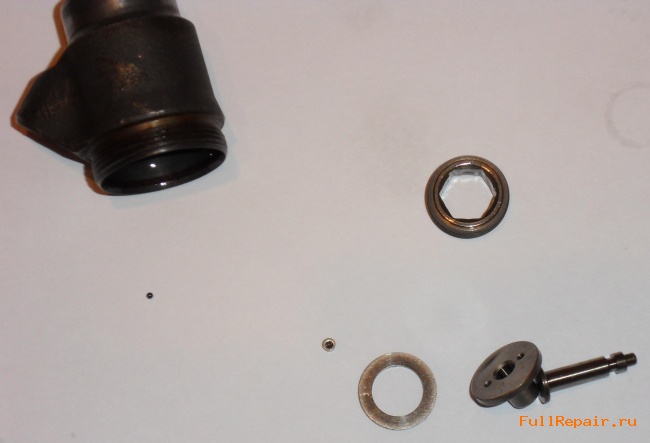
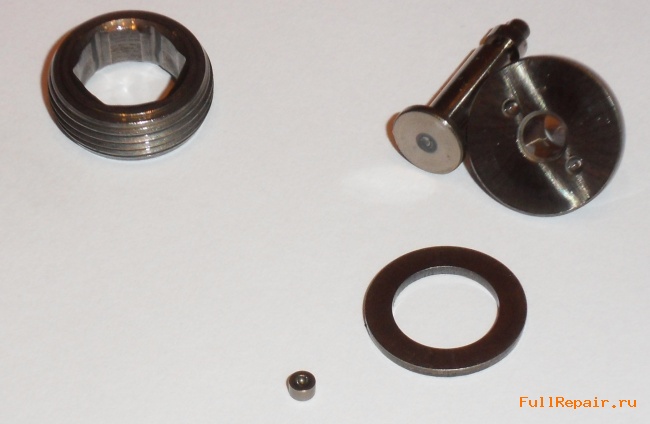
On the pictures above you can recognize some details from theoretical introduction: valve’s ball and the upper saddle of the ball. Now we can see the bottom of the back valve and orifice output hole in the centre.
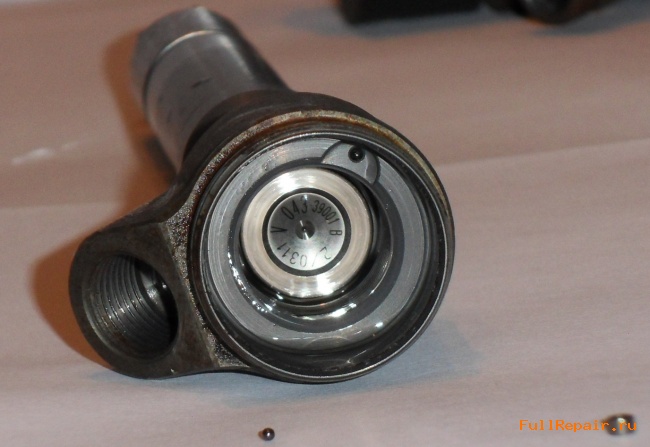
Now it is high time we twisted off the nozzle
Let’s take the wrench (12) in order to hold and with the help of box-wrench (15) we twist off the mouth piece. The mouth piece was tightened very tough and after moving you have to work hard (as far as spring acts a lot on the mouth piece. Spring presses the needle of the nozzle to the saddle), but after several revolves you can twist the mouth piece with the hand.
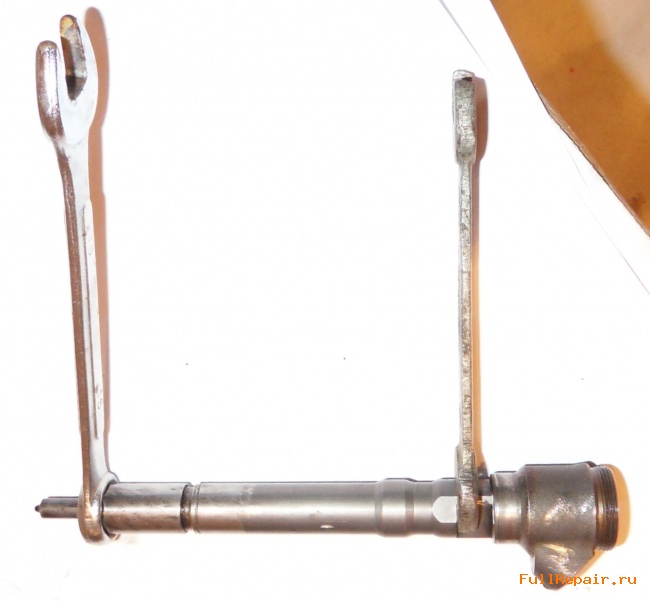
We take out the nozzle (carefully and not we are not losing the small details), needle out of nozzleand other small details. Together with this we remember the what details and where these ones were on their own places.
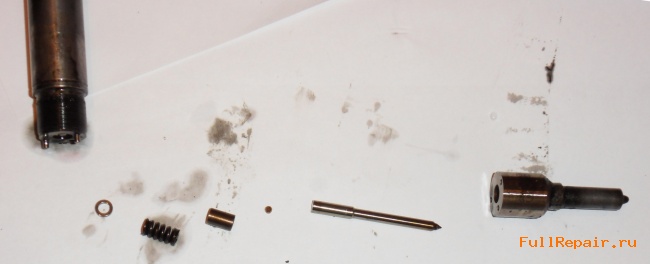
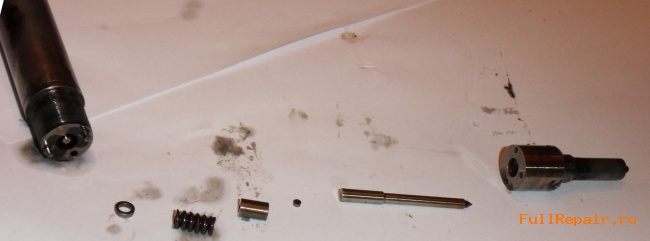
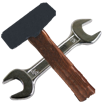 Full-Repair.com
Full-Repair.com
Comments:
24.04.2014 at 23:11 Samuel said:
You are a great man! Marvelous!
I never have seen more detailed report!
I spend all my afternoon to read your reports. And they are exelent.
Thank you very much for the good information and the good time I passed with!
13.12.2014 at 23:05 Mr. Magiroos said:
Perfect!!!! Super!!! This is just for my kind men. I just have to do things my self. One question.
Is there any rubber seals to change? Can you send me the factory code to order them. My problem starts from leaking upper line. I have chrysler voyager 2,4 crd. 2002 diisel. Many thanks!!!
14.10.2016 at 02:16 Scottie said:
Thank you for the detailed write up. Diesel injector rebuilding seems to be a dark art, with very little published on the internet. Your article is the most comprehensive I've seen. I purchased my valve balls from VXB.com
Kit13315 1.3mm Loose Ceramic Balls G5 Si3N4 Bearing Balls $1.49 each
14.10.2016 at 11:03 George said:
Dear Scottie,
Thanks! Yes, it's some kind of dark art. Did you successful repair your injectors? As I know ball diameter is 1.34mm.
10.10.2017 at 03:10 Axallindo said:
Hi guest
I have clean all injector part and change a new seal and new nozzle but why after i use at my engine is always knocking in acceleration?
10.10.2017 at 03:10 Axallindo said:
Hi guest
I have clean all injector part and change a new seal and new nozzle but why after i use at my engine is always knocking in acceleration?
19.07.2018 at 21:15 Henry said:
Hi,
Need your permission to translate this article in bahasa indonesia and upload it to my blog.
Regards,
Henry
24.07.2018 at 19:28 George said:
Dear Henry,
I do not mind if you will translete the article and upload to your blog with link to the source.
REgards, George.
16.07.2019 at 16:34 Zox said:
Hi,
Like Axallindo, I have cleaned injectors and put new seal and ball. Now I have knocking injectors on acceleration...
It looks like that injector must be adjusted with shims and take care about torque settings.
Pre-ignition paremeter is not good...